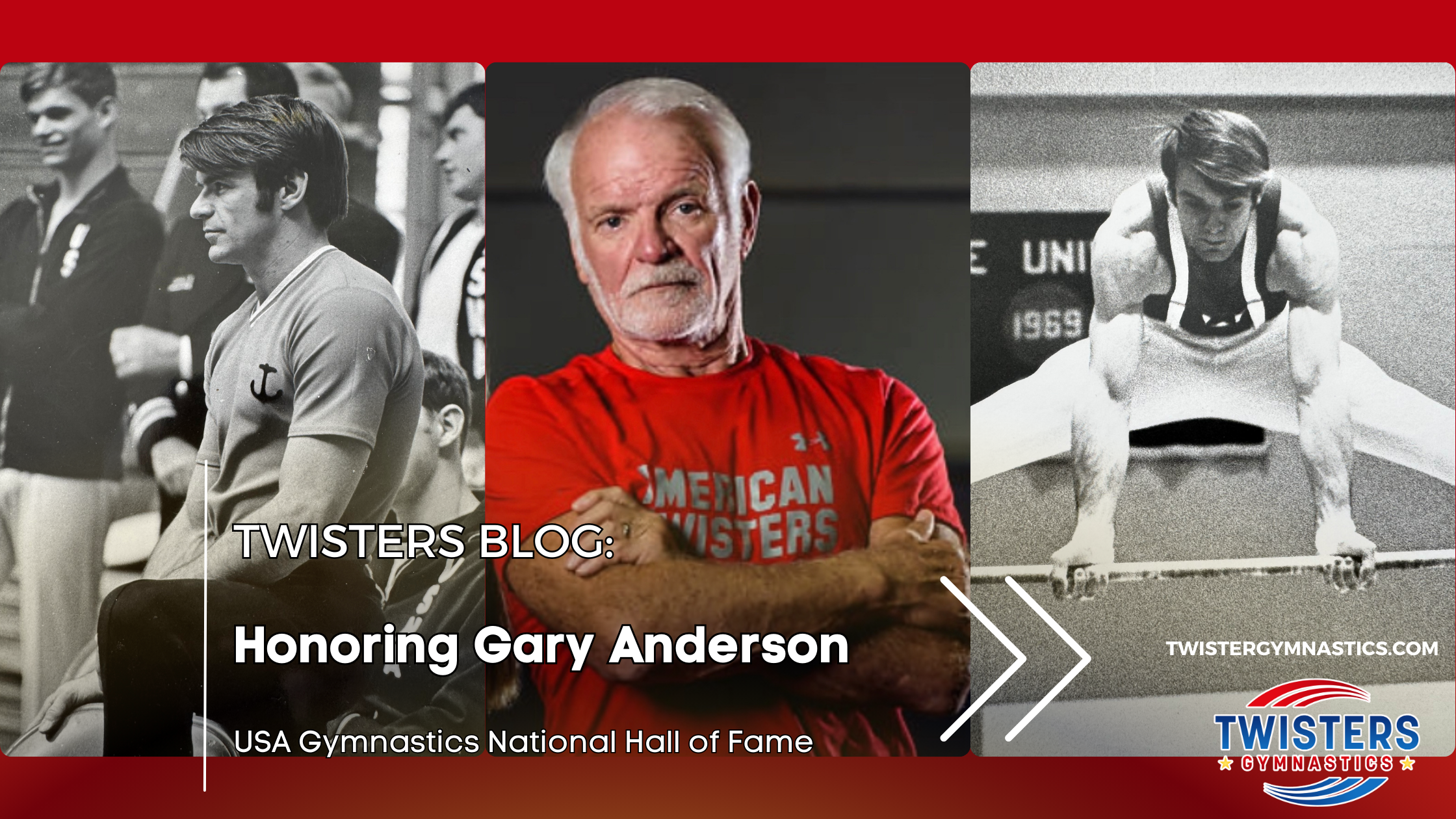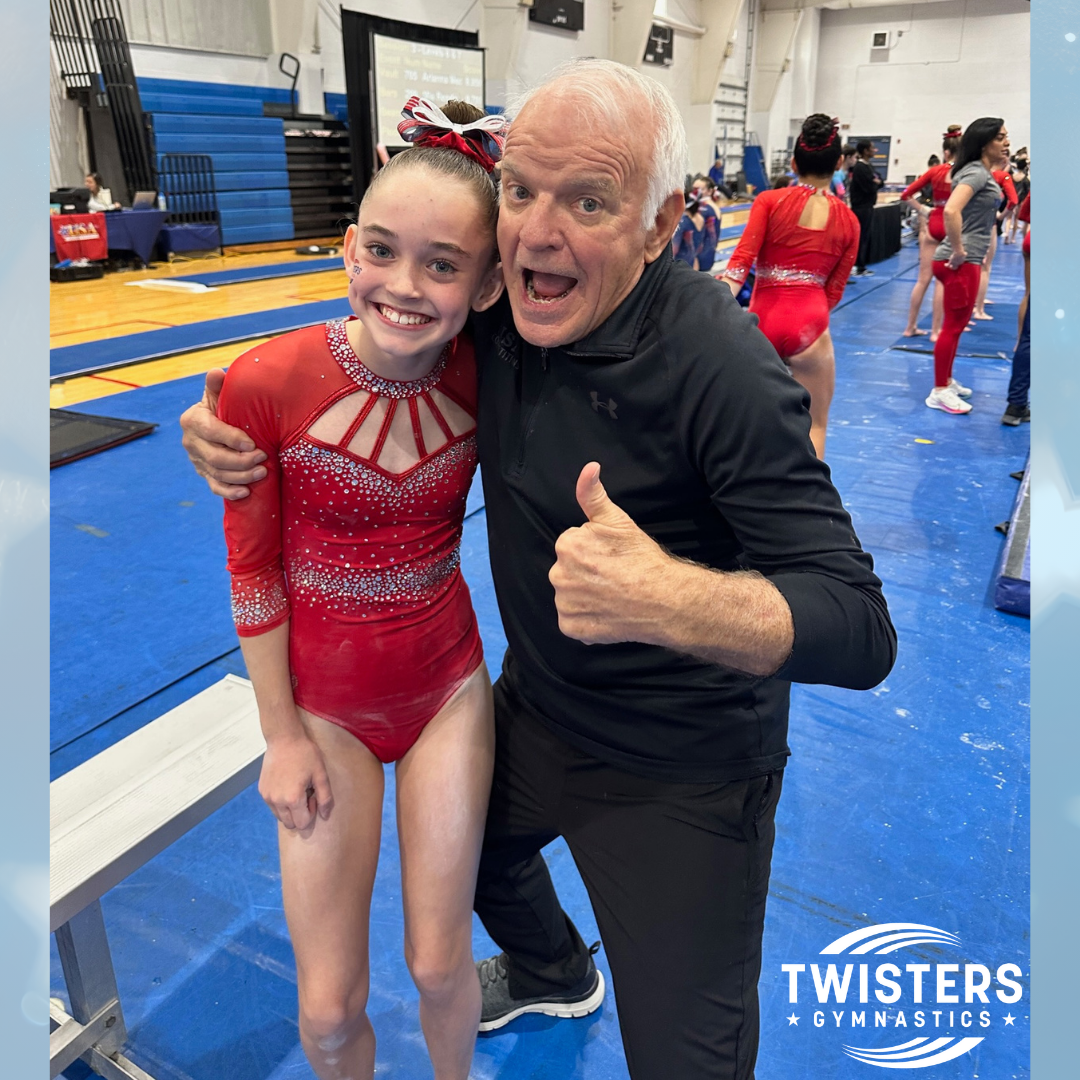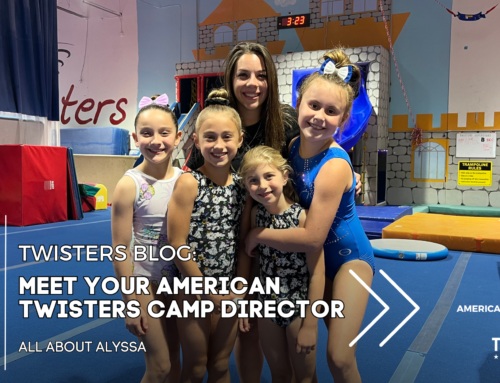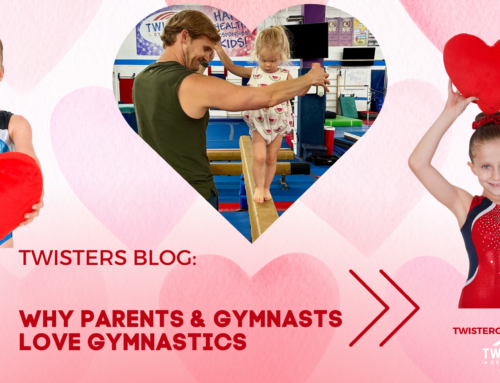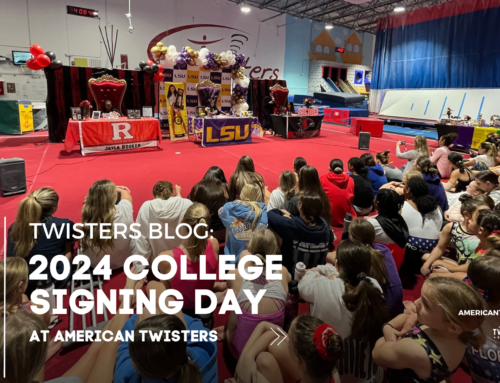After a lifetime of commitment to gymnastics as an athlete, coach, innovator, and leader, Gary Anderson has received the sport’s highest honor, induction into the USA Gymnastics National Hall of Fame. His journey has touched nearly every level and aspect of the sport, leaving an enduring impact that will be felt for generations to come.
A Journey Fueled by Passion and Perseverance
Gary’s love for gymnastics began humbly. As a young athlete training alone in a corner of the local YMCA and sneaking into college gyms to practice, his path wasn’t paved with elite resources or top-tier coaching—it was built on passion and grit. His father, who pretended to be his coach just so Gary could compete in his first meet, instilled a foundational value: always give your best. That mindset carried Gary through the early years of competition, where he rose to become a two-time YMCA National All-Around Champion and NCAA All-American.
Competing for a small, lesser-known college without the flash of bigger programs, Gary carved out a name for himself through sheer determination. “My first competition was humbling,” he recalls. “But it became a powerful motivator.” College introduced him to structured training and real coaching, leading to a national title and NCAA recognition—triumphs that felt especially rewarding given his unconventional start.
One of the pinnacle moments of his athletic career came in 1971 when he represented the U.S. and won a silver at the Pan American Games. Balancing teaching, grad school, coaching, and family life during that time made the experience even more meaningful. “Standing on the podium with the U.S. flag rising brought me to tears,” he remembers. “It’s a moment I’ll never forget.”
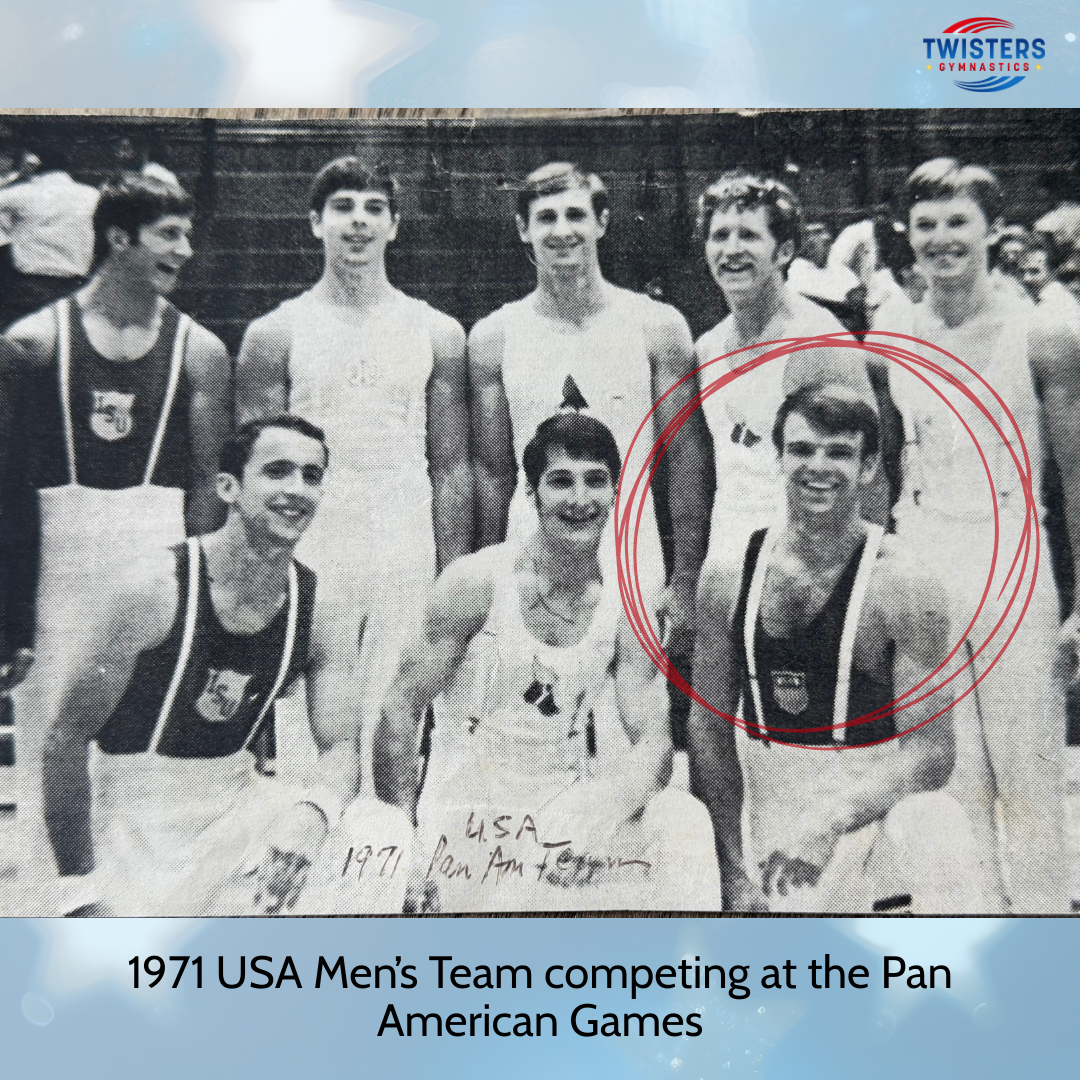
From Competitor to Coach—and a National Leader
Gary’s transition from athlete to coach was a natural evolution. His competitive experiences—the struggles, the triumphs, the relentless pursuit of excellence—deeply shaped his coaching philosophy. “Everything I did as a gymnast helped make me the coach I am,” he says. “I understand what my athletes go through because I’ve lived it.”
He coached at every level—from high school and small college programs to the U.S. Naval Academy—before buying out a small struggling club in Maryland, MarVaTeens Gymnastics. That step gave him the freedom to fully define his coaching values: hard work, integrity, and an environment that nurtures both athletes and coaches.
His coaching credentials are extensive, but one moment stands out above the rest was leading the U.S. women’s team to gold at the 1983 Pan American Games in Caracas, Venezuela. “We weren’t expected to win,” he says. “The crowd was hostile, the dorms were unfinished, and conditions were far from ideal.” He remembers sharing the men’s dorms facility with stars like Greg Louganis and Michael Jordan and dealing with everything from no elevators to USA athletes getting booed for high scores. The victory came down to the final floor routine, clinching gold by just a tenth of a point. “It was one of the proudest moments of my career,” Gary recalls, still amazed by the resilience of his team.
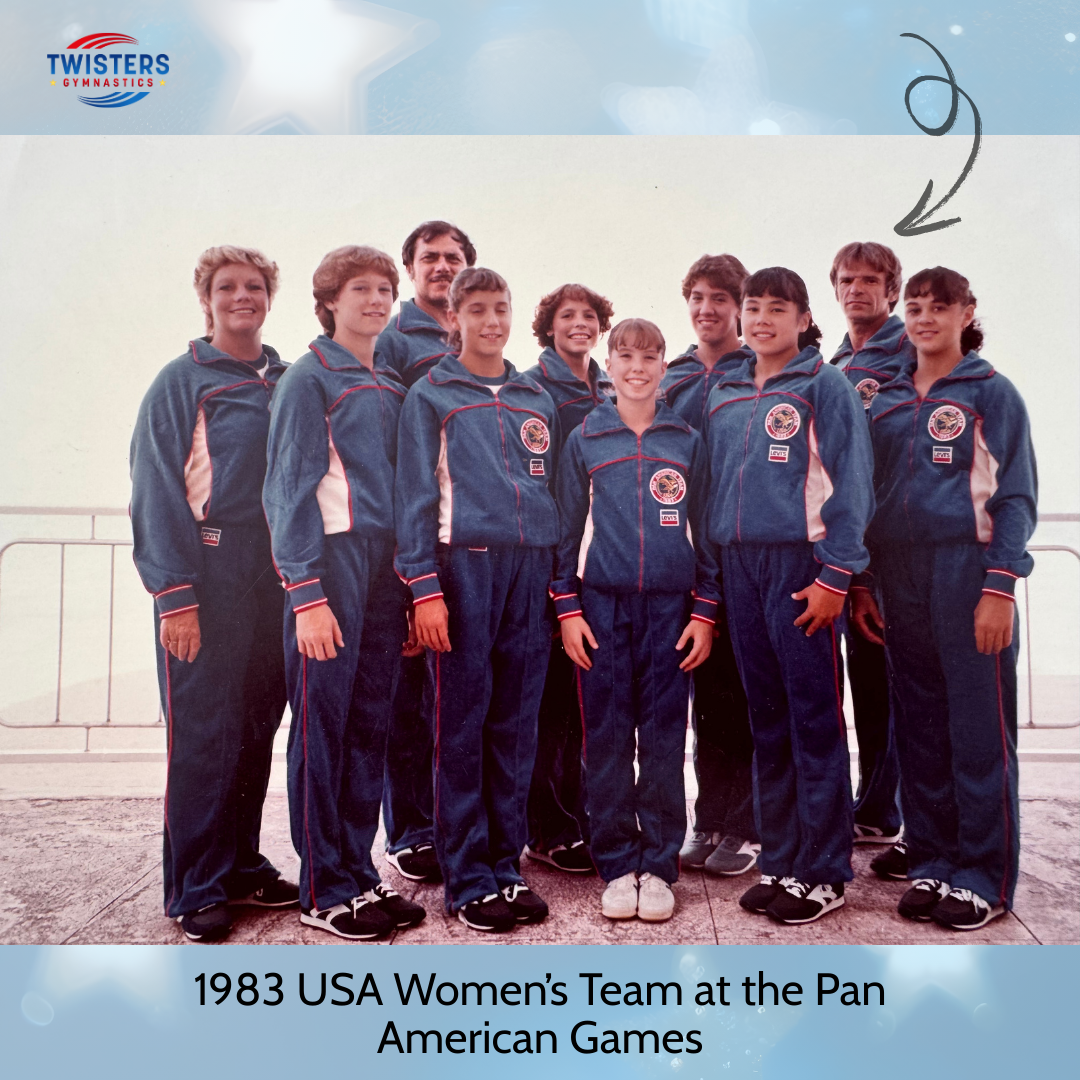
Innovating the Sport: The Birth of the Capital Cup Format
In 1981, Gary introduced one of the most impactful innovations in gymnastics competition: the Capital Cup format. At the time, meets could stretch to seven hours, with long delays between warm-ups and competition. He envisioned a better structure, and one that mirrored actual training sessions.
At the Nation’s Capital Cup Invitational, Gary implemented a new method: two gyms operating simultaneously, with one group warming up while the other competed. It reduced meet times and made the experience safer. Just two years later, he advanced the idea further by placing two full sets of equipment in one gym. This allowed athletes to warm up and compete on the same apparatus, cutting down transition times and improving performance quality.
By the early 1990s, USA Gymnastics officially adopted this structure, naming it the “Capital Cup Format.” Today, it’s the gold standard for women’s gymnastics competitions nationwide—a testament to Gary’s vision, experience, and care for athlete well-being.
Leading with Purpose: A Voice for the Community
Gary’s influence didn’t stop on the floor. He served in multiple leadership roles within USA Gymnastics, beginning as Region 7 Elite Program Director—a position he held for 15 years. He helped shape clinics, competitions, and updates to the Elite Program section of the USA Gymnastics Rules & Policies.
His election as the National Elite Program Representative to the Board of Directors allowed him to represent coaches, athletes, and club owners at the highest level. He spent another 15 years in that role, eventually serving a decade as Secretary of the USA Gymnastics Board of Directors, during a crucial period of organizational restructuring.
“As one of the longest-serving board members, I brought a well-rounded perspective,” Gary says. “I wasn’t just representing one entity—I’d been an athlete, a coach at multiple levels, and a club owner. I had my hand on the heartbeat of the entire USA Gymnastics program.”
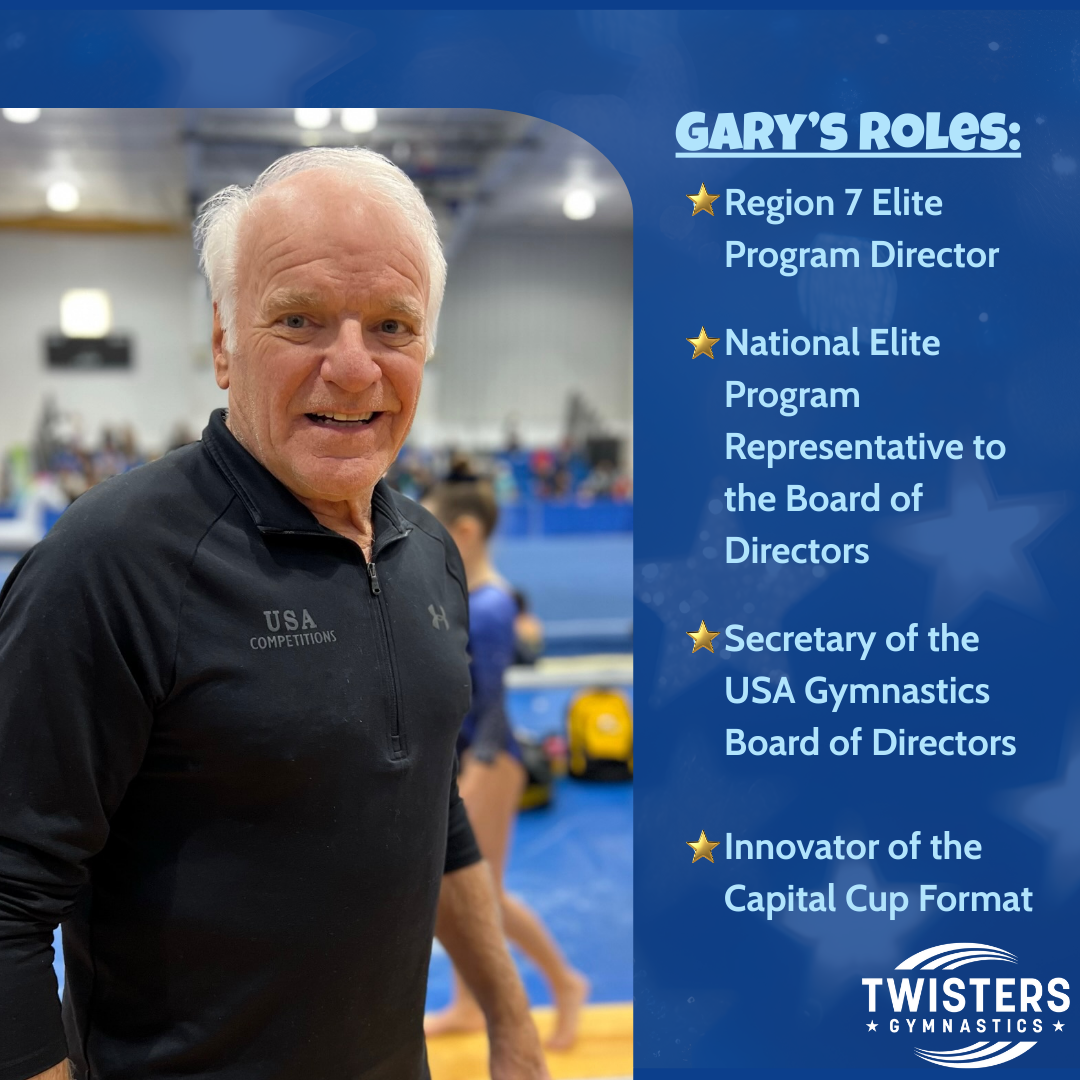
The Most Meaningful Recognition
Over the years, Gary has received numerous honors: inductions into regional and collegiate halls of fame, coaching accolades, and prestigious positions. But this Hall of Fame induction stands apart.
“This is the most meaningful honor of my career,” he says. “It represents the full journey—not just one role or moment, but everything I’ve poured into the sport.”
Legacy and Lessons for the Next Generation
When asked about his legacy, Gary deflects from accolades and medals. Instead, he hopes to be remembered simply as a good person.
“I want to be known as someone who was kind, honest, trustworthy, a good friend—someone always willing to help or share an idea.”
His advice to young gymnasts and coaches? Don’t chase legacy—chase impact. “Focus on using gymnastics to teach young people how to set goals and push through challenges. Help them become better people, not just better athletes. That’s where the real influence lies.”
He also warns against letting personal ambition cloud purpose. “Don’t measure your success only by what you achieve. Look at how much you’ve helped others succeed—that’s the true mark of greatness.”
The Inspiration Endures
After decades in the sport, Gary’s inspiration hasn’t faded. It’s found in the small, everyday moments: a child mastering her first cartwheel, a pre-team gymnast passing her physical abilities test, a former athlete bringing her daughter into the gym to share the experience she once loved.
“That’s what keeps me going,” Gary says. “Seeing that joy passed from one generation to the next.”
Gary Anderson’s story is one of resilience, innovation, and selfless leadership. His induction into the USA Gymnastics National Hall of Fame isn’t just a celebration of past achievements—it’s a tribute to the future of the sport, forever shaped by his extraordinary journey.
If you’d like to experience firsthand the incredible impact Gary has made on the sport—and the lasting influence he continues to have on our entire Twisters Gymnastics family—give us a call. Join us and become part of the journey that’s inspired generations of gymnasts and continues to shape the future of the sport.

